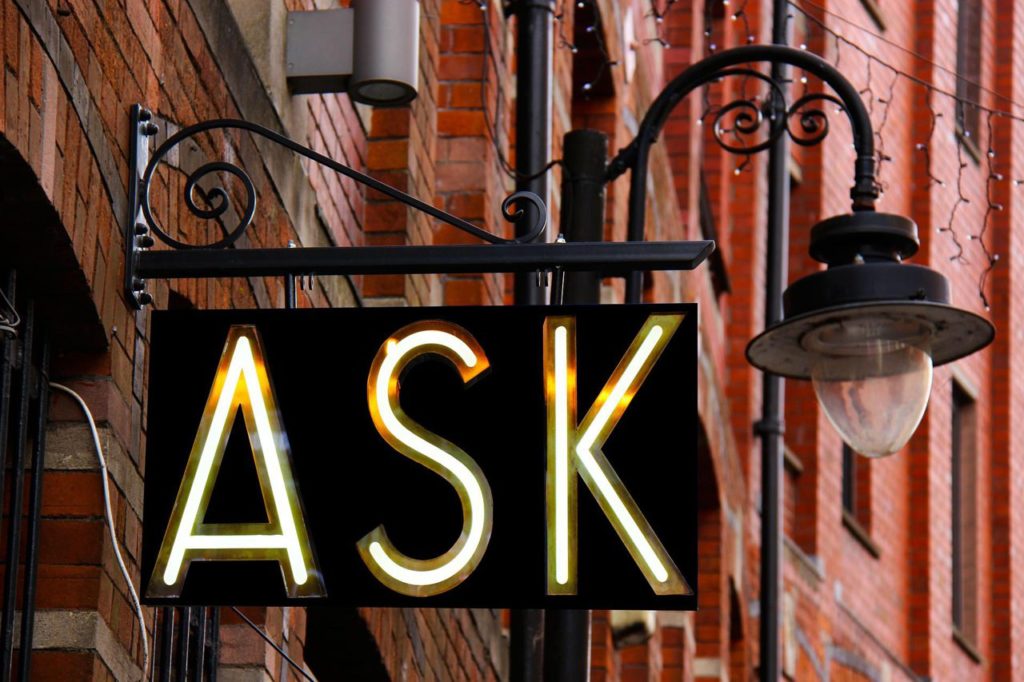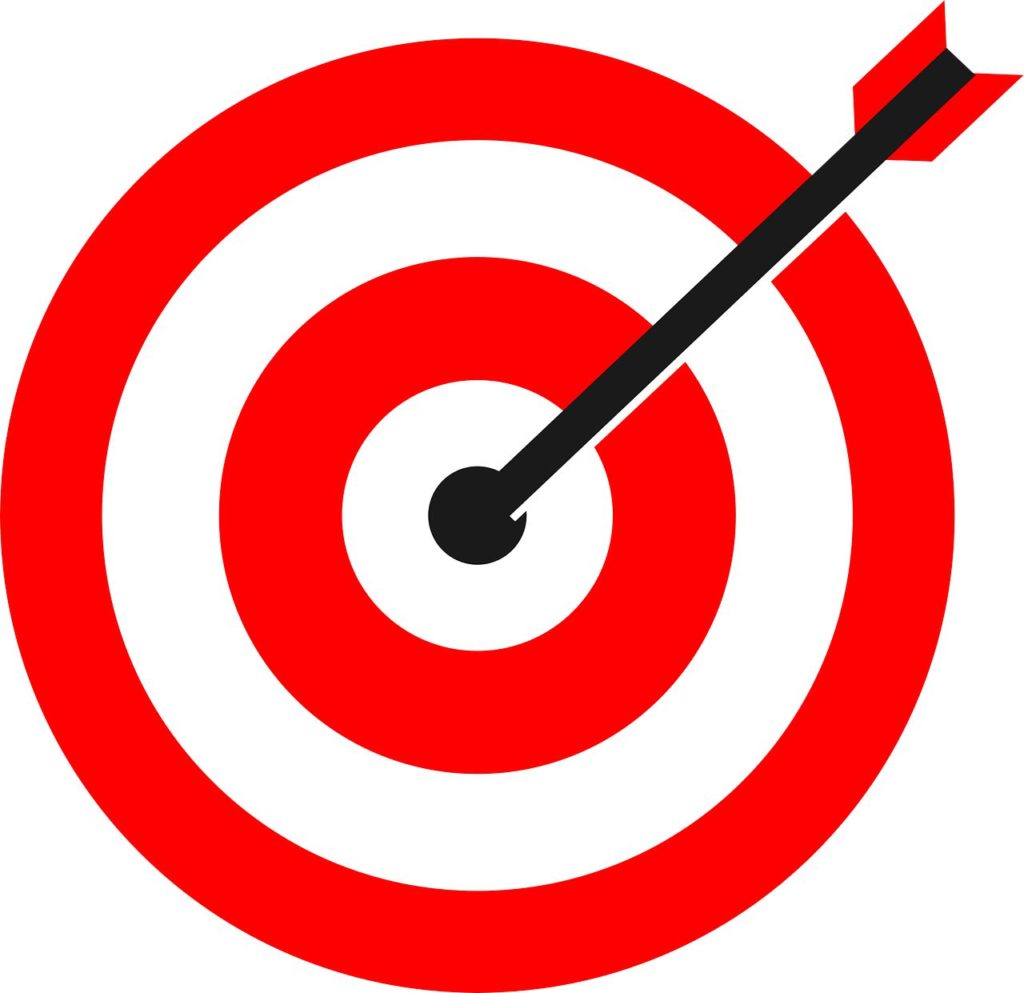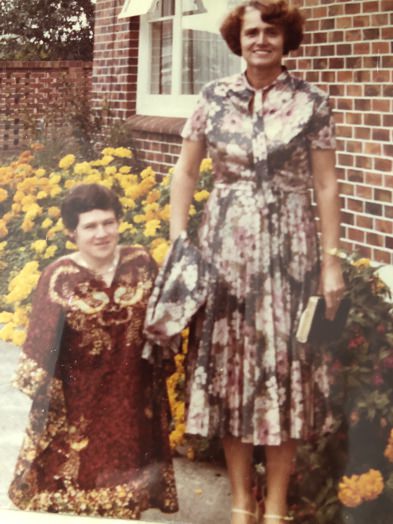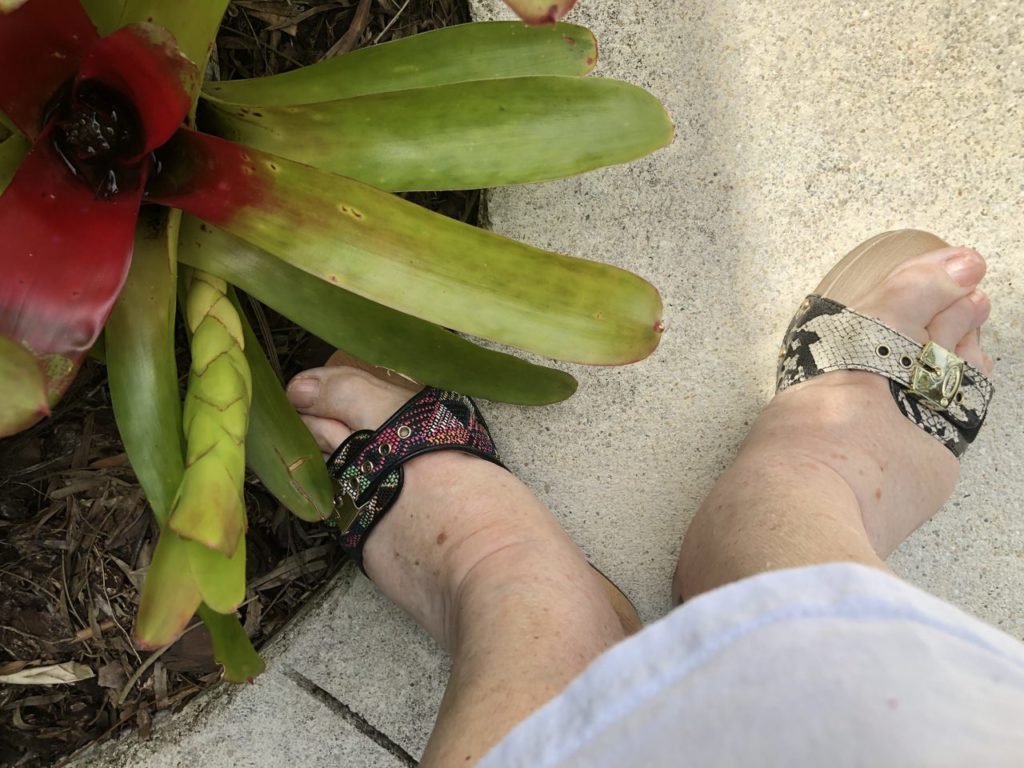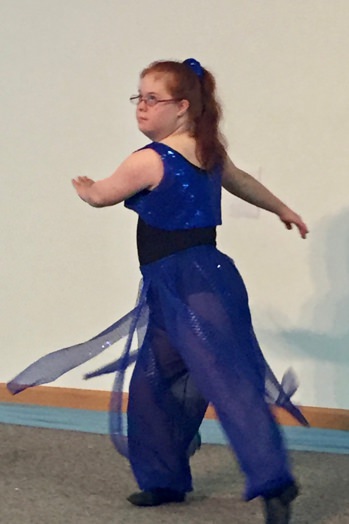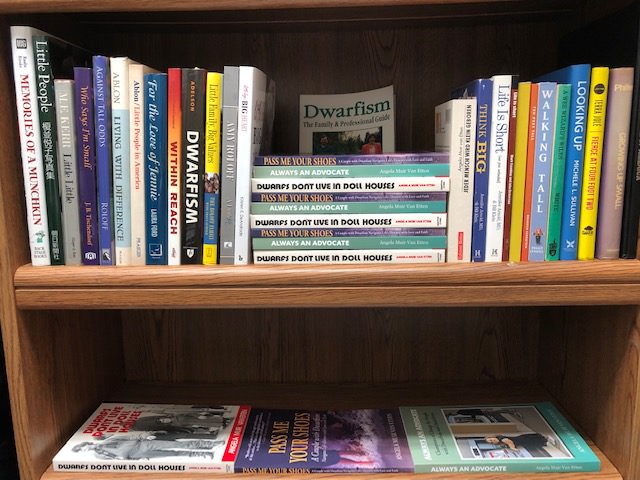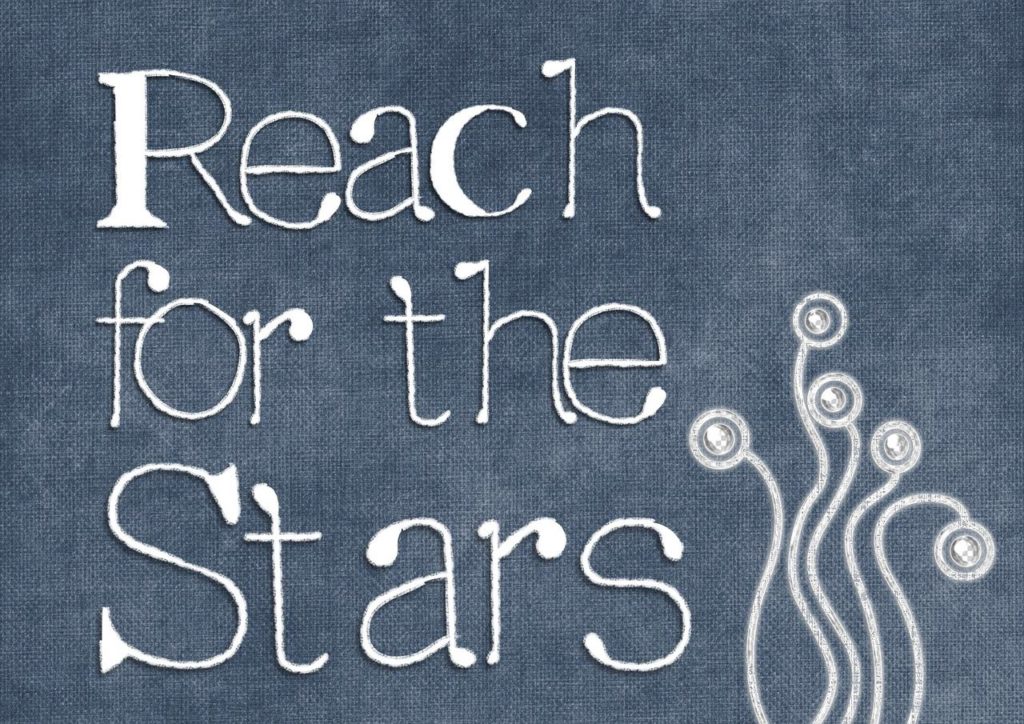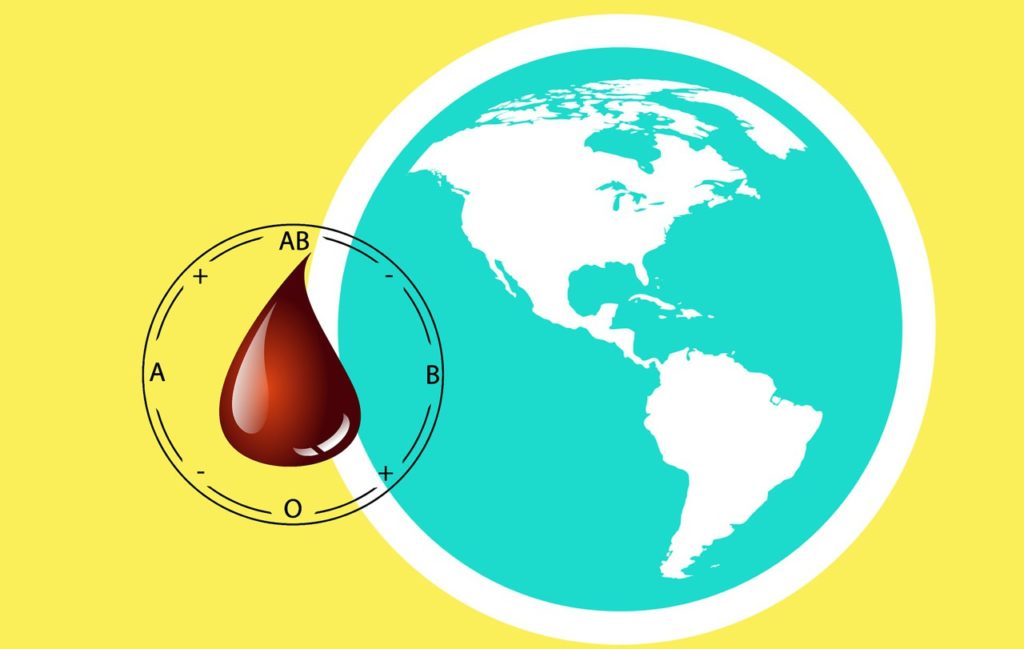
In the United States, someone needs blood every two seconds. Because blood cannot be manufactured artificially and has a limited shelf life, meeting this need involves about 38,000 donors per day and 6.8 million per year.
One in seven people entering a hospital need blood. Typically these are patients undergoing advanced medical and surgical procedures as a result of (1) traumatic injuries, emergencies, disasters and accidents, (2) dwarfism, or (3) diseases like cancer, aplastic anemia, hemophilia, and Sickle cell.
Want to subscribe to receive blog updates sign up today!
Donating blood is a simple procedure that can be done within an hour. But supply often doesn’t meet demand because restrictions reduce the number of people able to give blood. For example, people with Ebola, Leukemia, and HIV or AIDs are permanently precluded from donating. Some donor restrictions are temporary and will be lifted after a prescribed period of time, such as when flu symptoms pass, a course of medication is completed, or iron levels have increased.
Even though little people weighing under 110 pounds don’t qualify to make blood bank donations, gaining weight is not recommended to make this a temporary condition. Some people with dwarfism may meet the weight requirement, but the blood draw process is often painful and unproductive due to inability to straighten the arm at the elbow and difficulty finding a vein.
Despite the restrictions, the donor pool is plentiful with 37% of Americans eligible to donate blood. But sadly, only about 5% actually donate. One way to combat this shortage is for individuals in good health to donate blood for their own use. Self-donations also reduce the risk of incompatibility or infection.
Self-donations are common for people planning elective surgery. Many little people persevere with the difficult blood draw process and self-donate for orthopedic and neurologic surgeries. The eligibility criteria is less restrictive and even allows donor weight to be as low as 90 pounds. My husband Robert successfully self-donated two units of blood for his left hip replacement surgery. The blood was drawn a few weeks before the surgery, labeled with his name, and transported the 250 miles from Rochester, New York to Cleveland, Ohio.
When Robert was unable to self-donate for his right hip-replacement surgery, he elected a directed donation. This meant he recruited family members to donate blood that were earmarked for his use. Just as well, because the day after surgery he needed another pint of blood. But he would not let the nurse begin the transfusion until she confirmed that his cousin Tommy’s name was on the bag as the directed donor. Likewise, Monica donated blood for her son’s brain stem surgery. And during Susie’s laminectomy surgery, staff got her mother from the waiting room to quickly donate a pint.
So on Tuesday, June 14th, World Blood Donor Day, consider doing one or more of the following:
- Wear red.
- Encourage existing donors to continue giving blood.
- Recruit new donors.
- Volunteer at a blood drive.
- Share a story expressing gratitude for blood donors who have saved your life.
This post includes references to the second book in my dwarfism memoir trilogy, “Pass Me Your Shoes: A Couple with Dwarfism Navigate Life’s Detours with Love and Faith.” Read more at https://angelamuirvanetten.com/pass-me-your-shoes/

